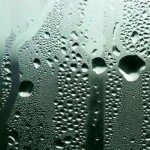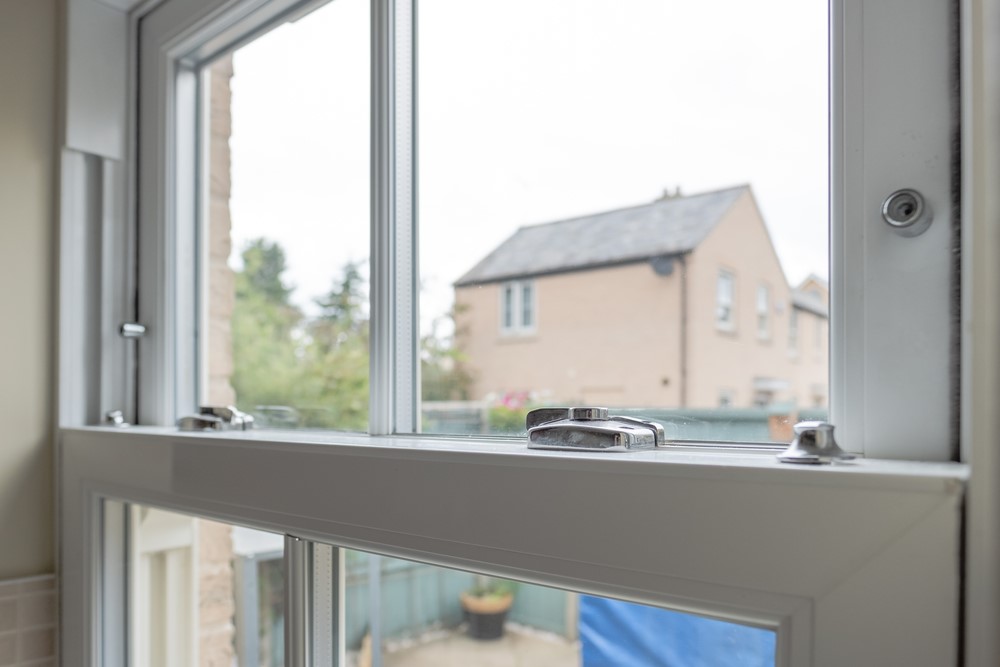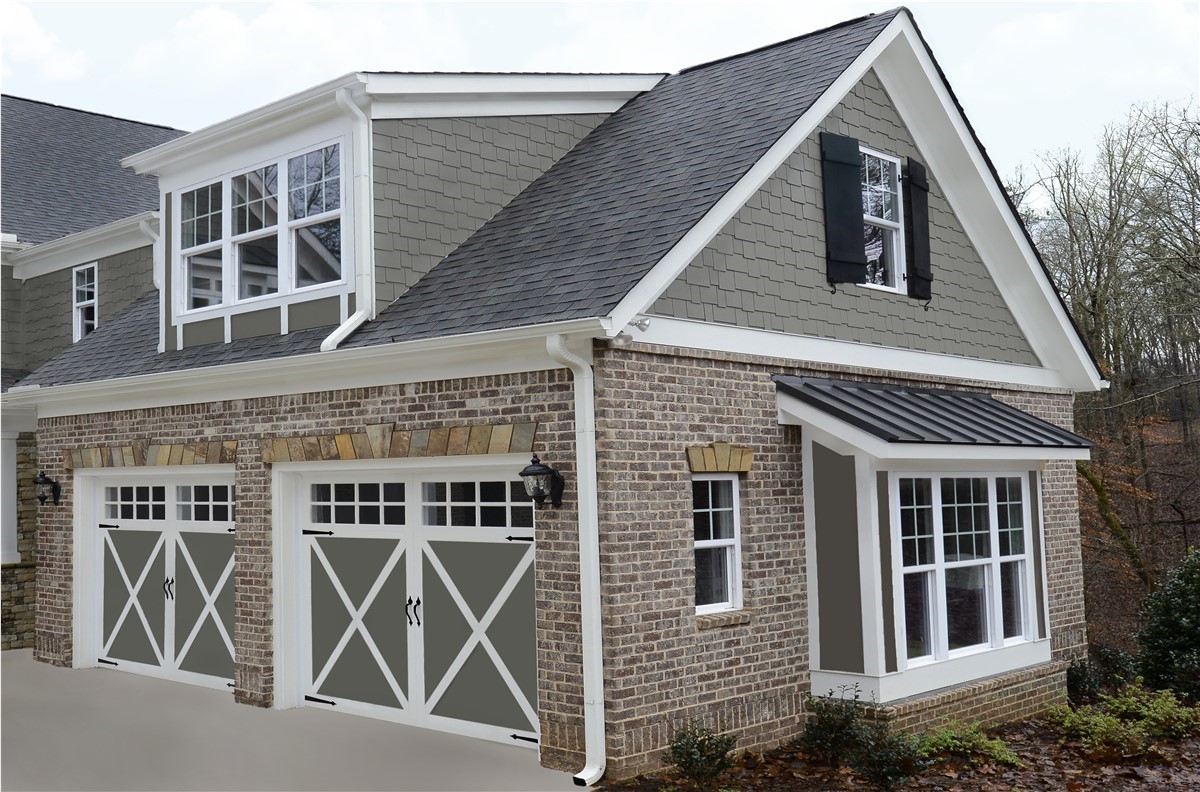 One obvious sign of energy inefficiency is condensation forming on a window pane. When this happens, often people choose to have the windows switched with high quality replacement double or triple pane windows. However, if customers still see condensation on their new windows, they may be less than thrilled with the upgrade. Condensation may occur due to many factors. If the problem persists after replacement windows have been installed, the environmental conditions of your home may be contributing to the problem. Causes of Window Condensation
One obvious sign of energy inefficiency is condensation forming on a window pane. When this happens, often people choose to have the windows switched with high quality replacement double or triple pane windows. However, if customers still see condensation on their new windows, they may be less than thrilled with the upgrade. Condensation may occur due to many factors. If the problem persists after replacement windows have been installed, the environmental conditions of your home may be contributing to the problem. Causes of Window Condensation First, it is important to understand that windows do not cause condensation – humidity does. Although functioning double and triple pane windows can significantly reduce the occurrence of condensation, it may not be possible to entirely prevent condensation from forming through a window upgrade alone. Condensation is a result of water vapor collecting on cold surfaces that have reached the air’s dew point. This point depends on the relative humidity of the home (the amount of water in the air relative to the temperature of the environment). Condensation forms on windows, particularly along the edges, when there is a significant difference between the interior and exterior temperatures or when there is an excess of moisture indoors.
Solutions to Prevent Condensation Window Replacements: It is most common to see condensation form on single pane windows because the single sheet of glass easily conducts heat and quickly becomes cold. Homeowners should switch to double pane replacement windows, instead. These types of windows have a layer of insulating gas between the layers of glass, reducing the transfer of heat. This simple replacement often takes care of the problem. Investing in high quality replacement windows with a stainless steel spacer system between the panes of glass can help prevent condensation from forming at the sensitive areas along the edges of the window. However, if condensation persists in those areas after these windows are installed, a homeowner may be facing a problem with excessive moisture inside the home. Ventilation: Sometimes condensation can be attributed to excessive moisture within the home. If that is the case, ensuring that the home is properly ventilated will help reduce the issue. Contractors should carry a digital reader to measure relative humidity to test for this issue before performing an installation. A relative humidity of 65% or greater can put any window at risk of condensation; however, a single pane window may develop condensation at just 30%. If this is the case, improved ventilation or a switch to double pane windows may solve the problem. Detecting a Failed Seal: If condensation develops between the panels of glass on a double or triple pane window, a seal has broken. Condensation forms inside the panels when moisture-laden air leaks into the unit. You can also detect a broken seal if you see a smudge or a patch of fogging that can’t be wiped away. This indicates that water vapor in the air has begun to oxidize the low-E coating on the inside of the glass. If you detect a failed seal, you should contact the contractors who installed the window for a replacement unit.
Window condensation is important to address. A chronic condensation problem can damage the surrounding walls, causing paint to peel and the underlying material to swell or rot. If you consistently see condensation form on your windows, contact a contractor or remodeling consultant before it does significant damage to your house.
Subscribe to Legacy Remodeling's Blog











Comments